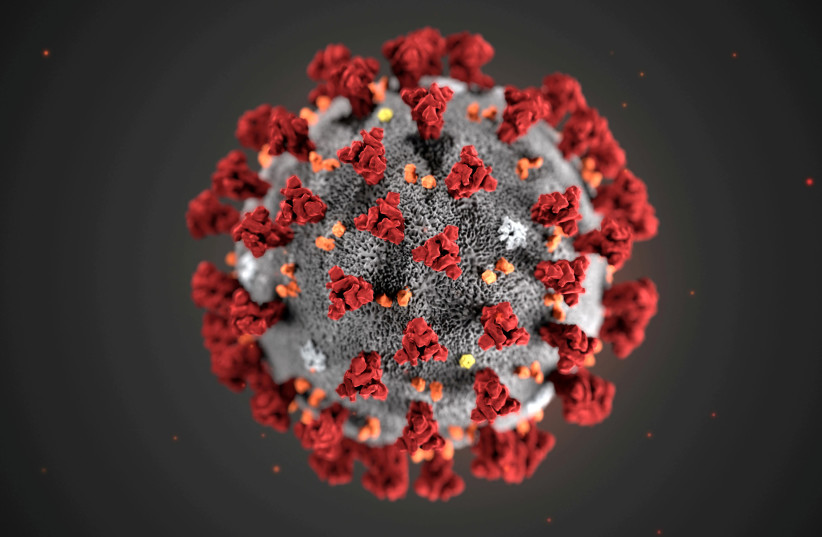A total of 28 new loci, positions of genes or mutations on a chromosome, were identified as playing a role in one's genetic risk of developing severe COVID-19, according to a recent study.
The findings of the study have not been peer-reviewed and were published on the pre-print website medRxiv.
The study is an update to prior research on mapping the human genetic architecture of COVID-19.
Human genetic factors of COVID: What raises the risk of getting severe infections?
The COVID-19 pandemic, caused by the spread of the novel coronavirus SARS-CoV-2 in late 2019, has infected hundreds of millions of people around the world and killed over six million people.
However, while some people develop mild COVID cases and others show little to no symptoms, others develop severe cases and experience much higher rates of mortality.
But why is this the case?

Aside from other risk factors such as smoking, some experts have theorized that there could be genetic factors at play.
This is why, back in 2021, a large-scale study was started to map the human genetic architecture of COVID-19. It was hoped that this study, which was published in the peer-reviewed academic journal Nature, and its later update in 2022 would identify significant loci that influence one's chances of catching severe COVID-19.
These prior studies identified 23 distinct significant loci, but this new update has found 28 more for a total of 51 significant loci.
All of these studies were done by compiling studies of tens of thousands of patients from dozens of studies all over the world. In particular, this second update was a meta-analysis of around 219,692 different COVID-19 cases.
More significantly, though, is the linking of 15 of the 51 loci to the three major biological pathways involved in being susceptible to COVID-19 and developing severe symptoms. These pathways are as follows:
- Viral entry
- Entry defense in airway mucus
- Type I interferon response
Also of note is that nine of the loci were found to be involved in healthy lung tissue upkeep. Prior research had identified these loci as being linked to respiratory diseases and lung functions.
This is significant because it shines a light on some of the complex relationships between respiratory sickness, lung function and COVID-19 severity.
Further research into these loci and how they play a role in catching COVID-19 and developing severe symptoms could reveal new insights as the pandemic continues.
